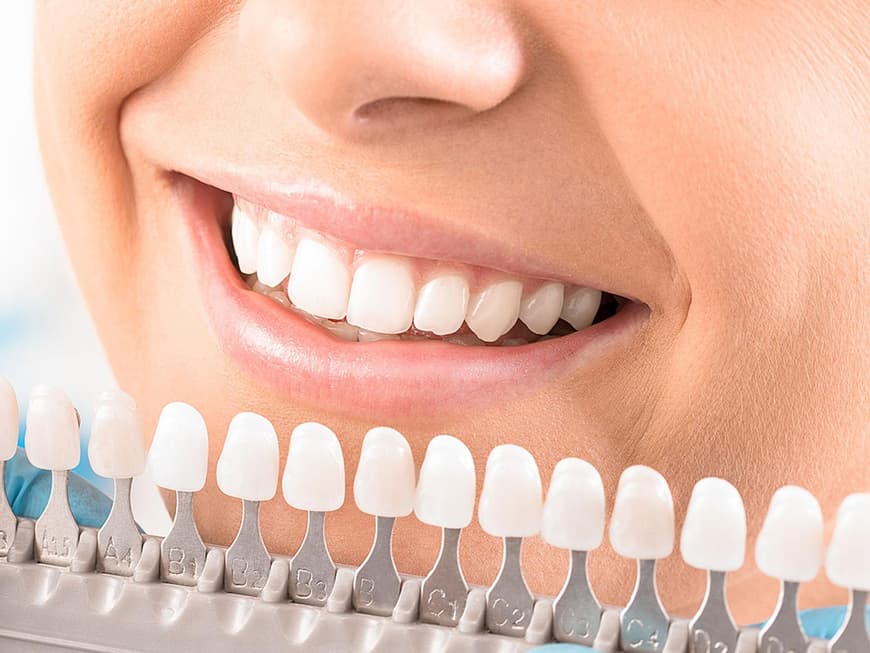
Wide range of whitening products
Drugstores and online stores offer whitening pens, transparent strips or whitening trays. These products may only contain a maximum of 0.1 percent hydrogen peroxide, so they are not as effective as a professional treatment.
Home bleaching under the direction of a dentist
Professional teeth cleaning often has a whitening effect. For "home bleaching", the dentist makes individual bleaching trays that are filled with peroxide gel. "If you wear them regularly for a few hours at night, your teeth will be a shade lighter after one to two weeks," says Dr. Jochen H. Schmidt, dental director of Carree Dental in Cologne. Costs: around 400 to 500 euros.
Treatment with highly concentrated gel
With "in-office bleaching", the dentist applies a higher dose of bleaching gel directly to the teeth - or even just one tooth. "However, improper application can irritate the gums," says Dr. Schmidt. "Sometimes the treatment has to be repeated three or four times before the desired result is achieved. "Costs: on average around 500 euros.
Power treatment irradiation with UV light
The most effective method is "power bleaching". The gel is applied and the teeth are irradiated under a UV lamp or by laser. "This increases the effect," says Dr. Schmidt. "It also works for severe discoloration. However, irritation cannot be ruled out if there are holes or cracks in the teeth." Costs: approx. 600 to 700 euros. "Bleaching should generally only be used on healthy teeth and with intact gums. If bleaching gel gets inside the tooth, it can damage nerves," warns Dr. Schmidt.
Whitening myths
Baking soda has been an insider tip for white teeth for years. Dr. Schmidt advises against it: Baking soda abrades the enamel and makes the underlying dentin shine through yellowish. Exactly what you don't want. Contrary to popular belief, treating your teeth with lemon juice or strawberry puree is also useless. They contain fruit and ascorbic acid, which dissolve minerals from the enamel. To prevent additional abrasion, you should also wait 30 minutes after eating fruit (juice) before brushing.
You might also be interested in this:
Toothpaste with fluoride: How dangerous is the active ingredient
Making teeth brighter: Are my teeth suitable for bleaching?
Light makes teeth bright white again
Healthy teeth, healthy body: How our teeth affect our health
Teeth at risk: these are the things you shouldn't do
Dental implant costs: What are cheap dentures good for?
Grinding your teeth at night: What helps against bruxism?
